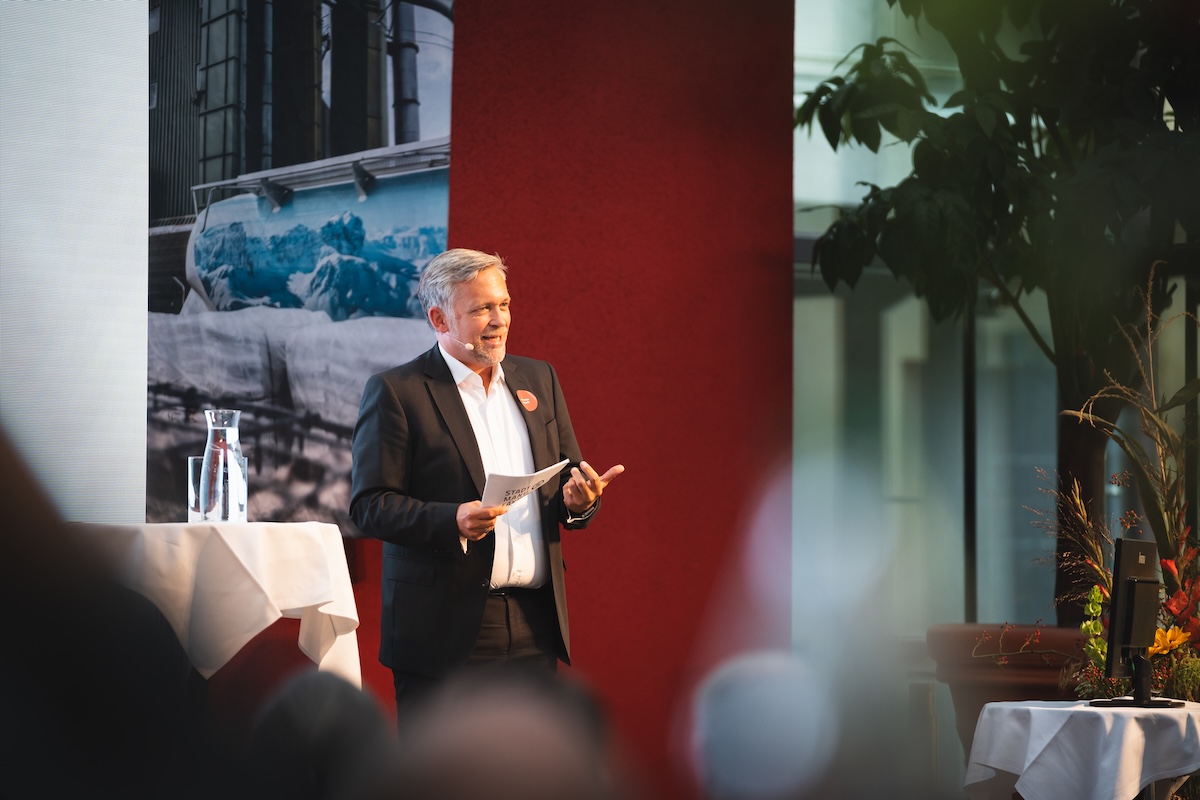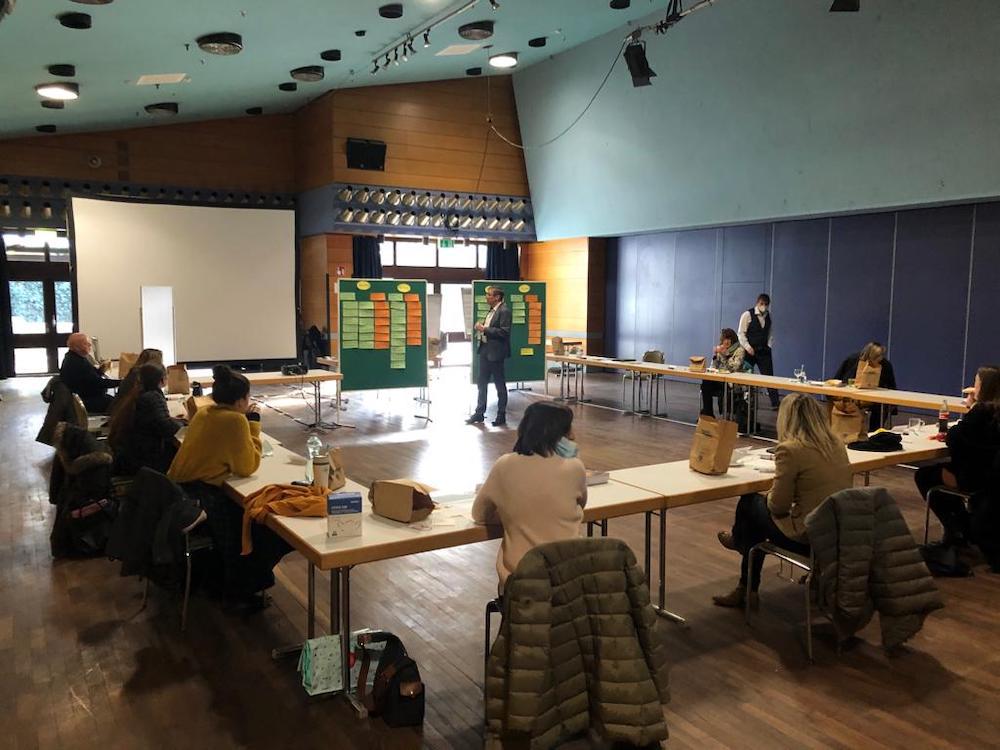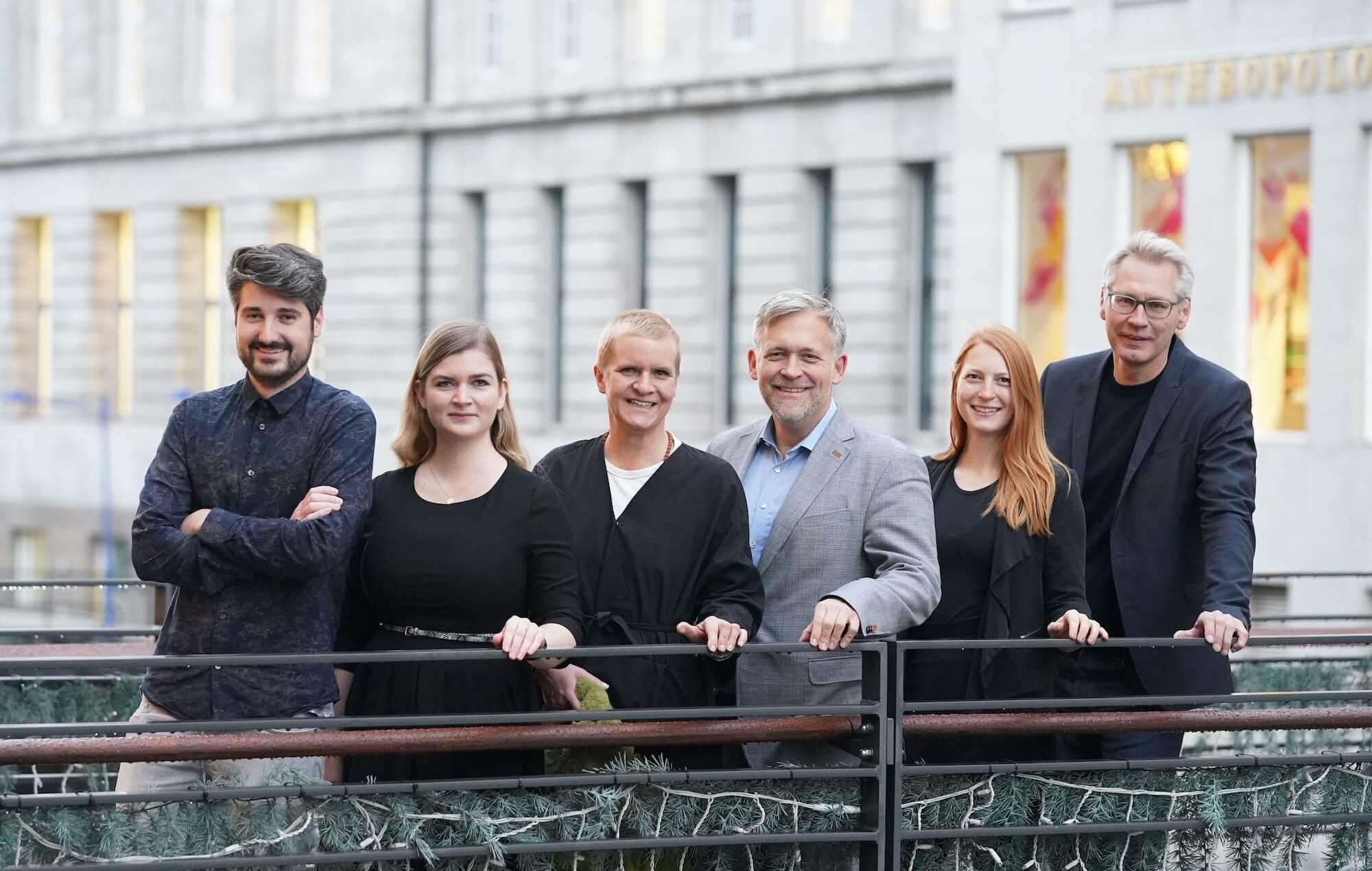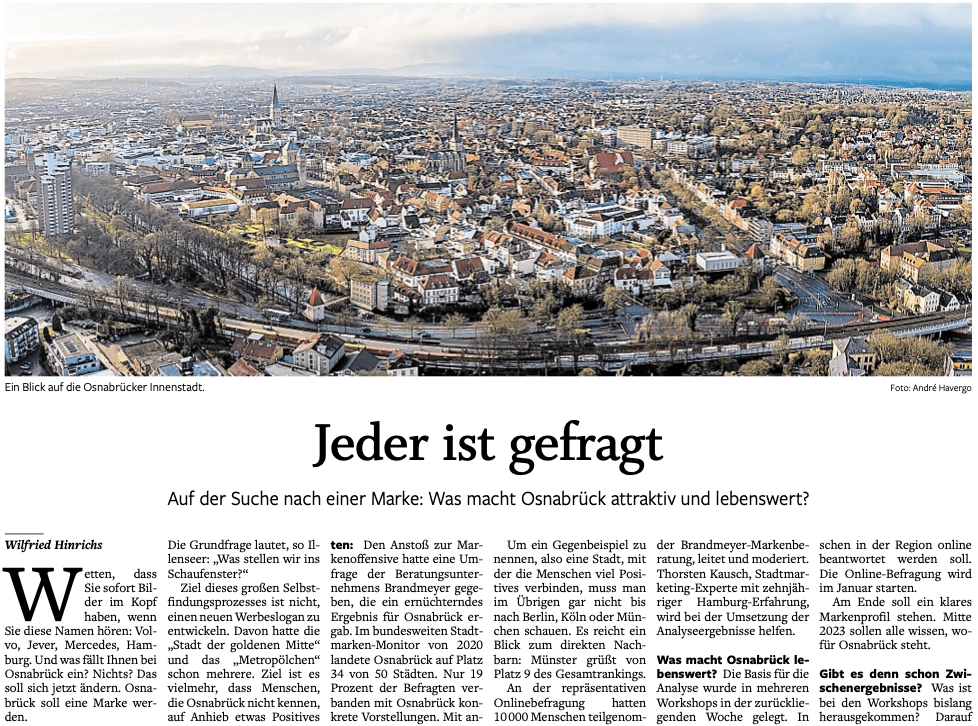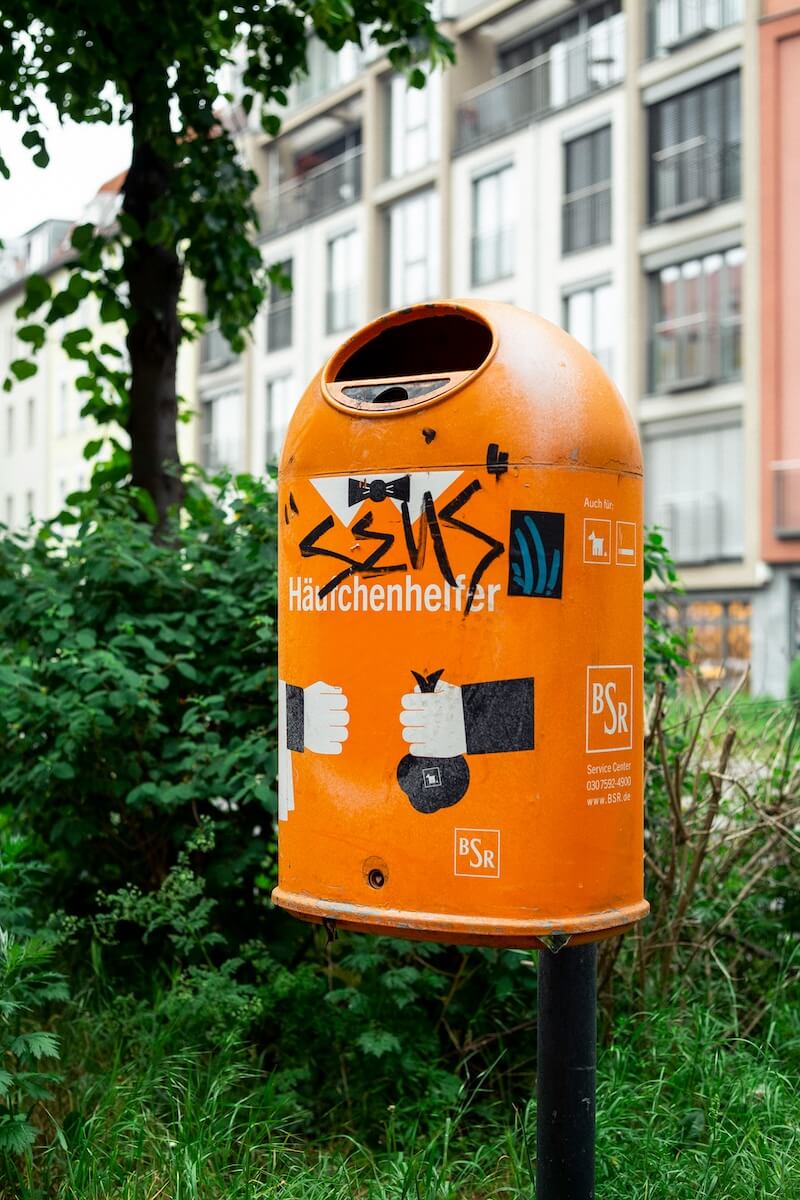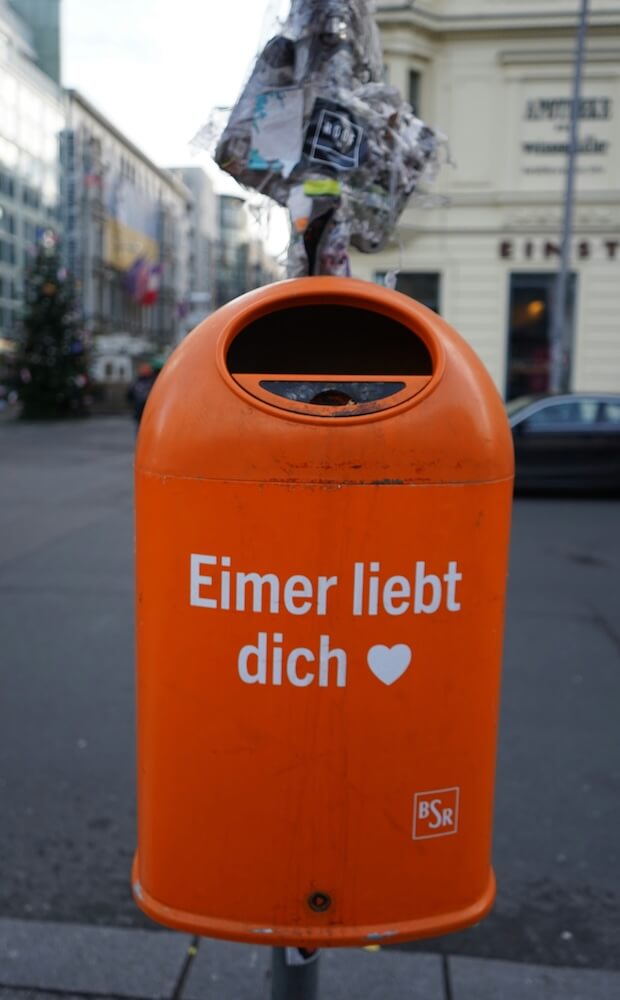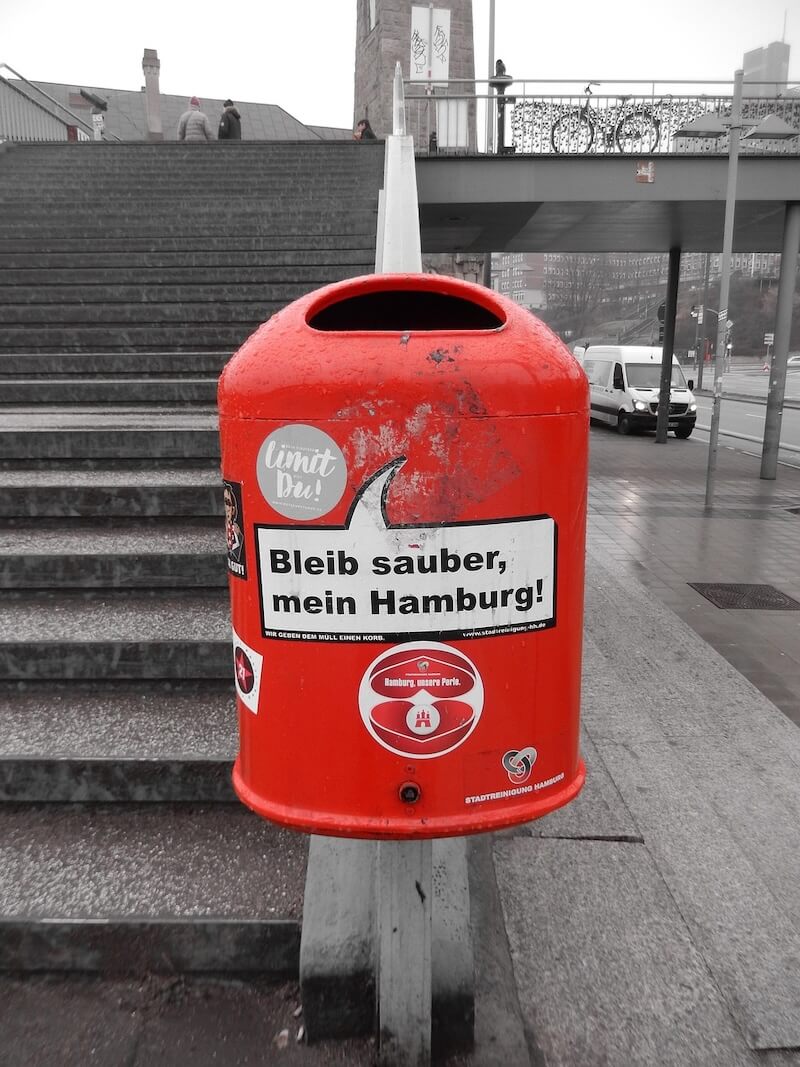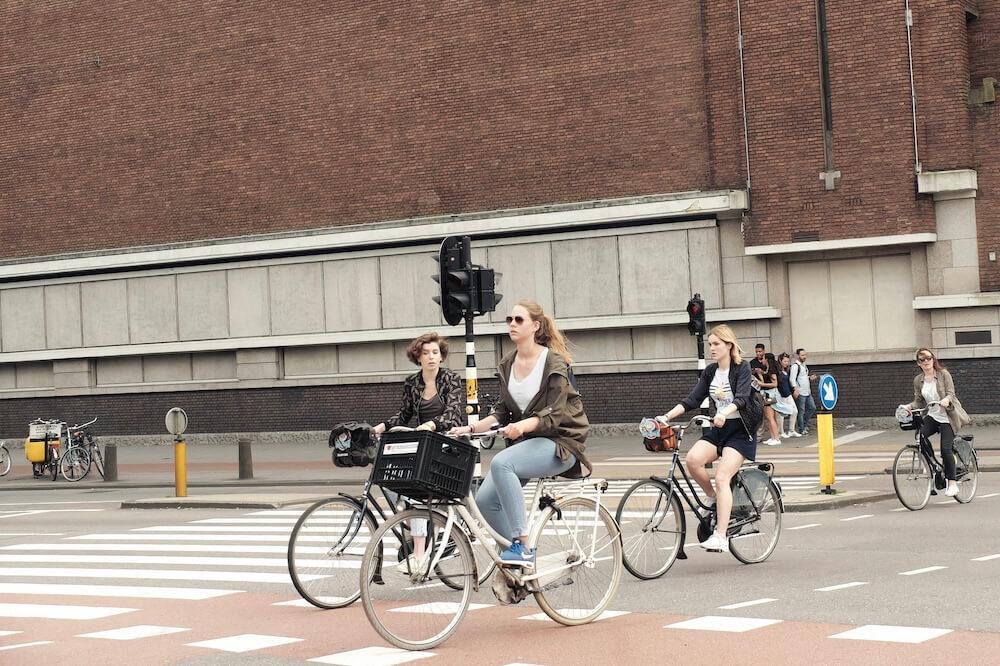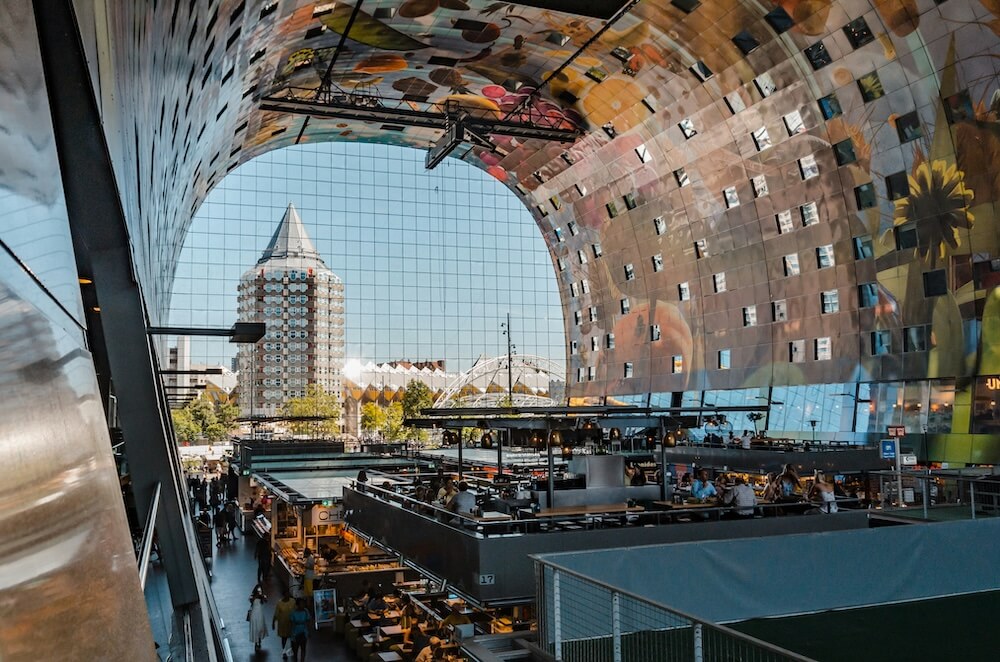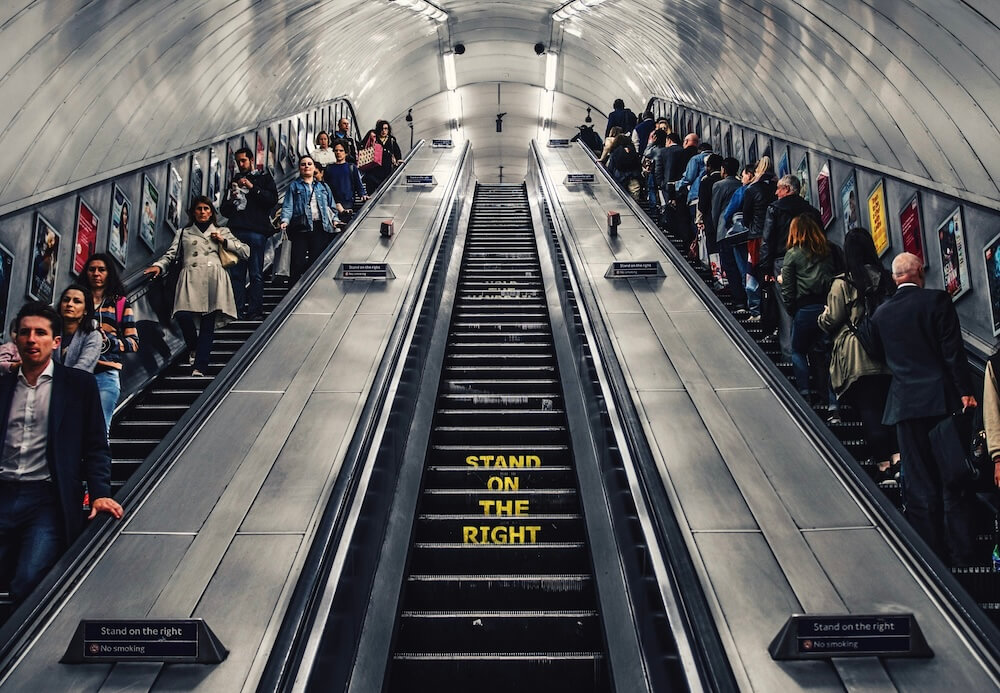
Cognitive dissonance – human, but surmountable?
Have you ever wondered why people often don’t do what they actually think is right? We think we should get more involved in our own district, but the invitation to the citizens’ survey ends up in the bin unread. We know that it is better to use energy sparingly, but we continue to consume as usual.
This inner contradiction between our values and our actions is called cognitive dissonance. Our brain loves consistency and strives for an inner balance. If this balance is disturbed, it creates an unpleasant feeling of tension and a strong urge to resolve this contradiction.
But what does all this have to do with citizen participation? Our cognitive dissonance is often the invisible barrier that stops us from acting. This is exactly where an approach from behavioral psychology comes in: nudging. The idea is to use gentle nudges to shape our environment in such a way that the good decision becomes the easiest one and we humans can restore our inner balance.
Abstract:
Tom Hartung explains the phenomenon of cognitive dissonance as a challenge in people’s decision-making – and presents a solution: nudging. City makers can use this method from behavioral psychology to motivate citizens to participate.
Why good intentions often fail
Imagine that your psyche is a set of scales: two sides striving for balance. Your cognitions are interdependent and normally consistent – at least you unconsciously work towards this. However, if new events or information contradict your existing cognitions, the scales lose their balance. This exerts pressure and you experience the unpleasant feeling of cognitive dissonance.
Let’s look at a very banal situation. In the subway station, you are faced with the choice between stairs and escalators:
- On the one hand, you are convinced: “Climbing stairs is healthier, I should move more.” (Cognition A)
- On the other hand, you think: “The escalator is so much more comfortable and faster.” (Cognition B)
At this moment, an inner conflict arises. To resolve this tension, you could justify the comfortable escalator (“I’ve had a long day, I’ll treat myself to this today.”) or devalue the normal stairs (“The few steps won’t make the roast any fatter.”). Within seconds, your brain has resolved the contradiction and balanced the scales. You are satisfied, but have escaped the healthy lifestyle.
This pattern of thinking – the victory of convenience over the long-term value of health – is harmless when it comes to the escalator. But exactly the same psychological phenomenon is at work when we see the email for the online survey and think: “I’ll do it later.”
How nudges change the rules of the game
So do we have to capitulate to our own psychology? Not at all! We just have to change the rules of the game. This is where the concept of nudging comes into play. A nudge is a gentle push that changes the environment so that the “better” choice becomes the easiest and most attractive. Nobel Prize winner Richard Thaler put it in a nutshell:
“If you want people to do something, make it easy.”
When it comes to activating citizens, this means that city makers can use nudging to become “decision architects” who design processes and paths in such a way that they intuitively lead in the desired direction. As gentle nudges for more citizen participation and commitment to their own city.
The secret: nudging does not force, it invites . It does not forbid, it facilitates. It works with our psychology, not against it. And it relies on some basic principles such as simplification, framing and direct feedback, which are also known from the concept of gamification.
Definition: Nudging
Nudging is the “gentle” design of decision-making situations (choice architecture) to make a desired behavior more likely without prohibiting options or making them much more expensive.
Basic principles of nudging:
- Preset: What is preset becomes the easiest choice.
- Simplification: Make the desired route as simple as possible (fewer steps, short distances, no paperwork, etc.).
- Timing: Place nudges exactly where decisions are made.
- Framing: Send concrete and understandable messages; find new formulations that reinforce positive behavior.
- Social norms: “Most people do X” as orientation and motivation.
- Feedback: Give direct, simple feedback (smileys, traffic light, countdown).
- Reminders: Small reminders help to establish the desired behavior.
- Voluntariness: Make decisions voluntary, transparent and easily reversible; ensure freedom of choice.
A typical example of nudging in cities: slogans on garbage cans (= nudges) attract attention and remind people of their own responsibility for a clean city
The autopilot in our heads: why our brain loves a nudge
To understand why gentle nudges have such a big impact, we need to take a little journey inside our brains. In his research, psychologist Daniel Kahneman showed that we have two fundamentally different ways of thinking, which he called System 1 and System 2.
System 1 – our mental autopilot
Imagine System 1 as the mental autopilot. It works quickly, automatically, intuitively and effortlessly. It is the system that is active when you solve a simple math problem like “1 plus 1” without thinking, recognize a friend’s face in a crowd or shift into fourth gear while driving on an empty, familiar road.
System 1 is responsible for the majority of our approximately 20,000 decisions per day. It relies on heuristics – mental shortcuts and rules of thumb – to save energy. It is our gut feeling, our first impulse. This system is incredibly efficient, but also susceptible to unconscious biases and cognitive distortions.
System 2 – our analytical co-pilot
System 2 is the exact opposite: it is the slow, analytical, conscious and strenuous thinker in us. It is the co-pilot that we have to consciously activate when things get difficult. Tasks such as “17 times 24” are much more complex and cannot be solved with System 1. We also switch to system 2 when weighing up the pros and cons of a new cell phone contract or when trying to assemble a complicated piece of furniture. It requires concentration and cognitive effort.
However, as our brains are naturally energy-efficient, system 2 tends to be “lazy” and hands over control to the efficient autopilot, system 1, as often as possible.
Nudges use our autopilot (system 1)
And this is precisely the crucial point: nudges are designed to target the autopilot (System 1) directly. Instead of trying to convince us with facts and long arguments, nudges change the environment so that the better decision for System 1 becomes the simplest, most obvious and most attractive. A nudge ensures that our gut feeling guides us in the right direction without us having to think about it too much.
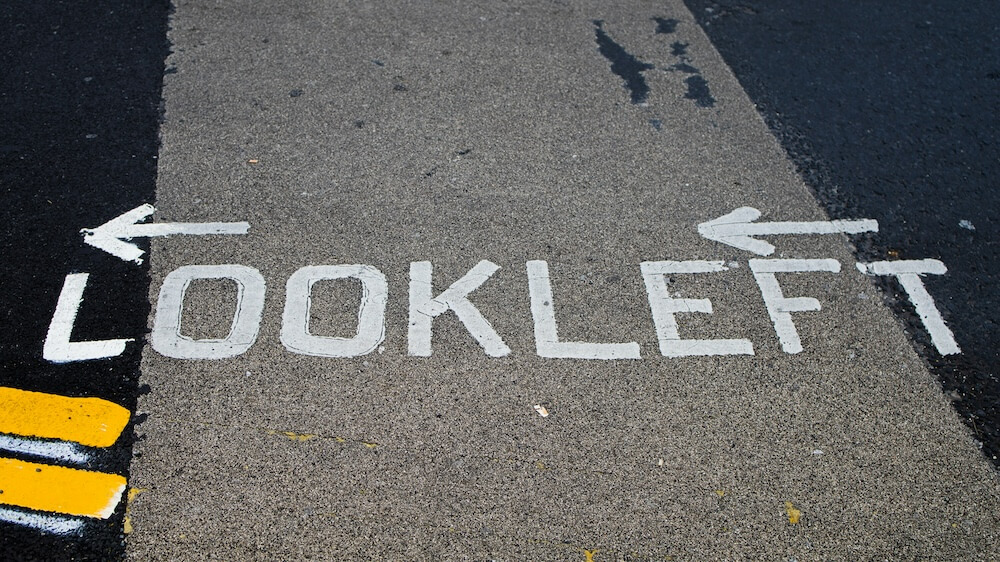
No need to think: Nudges can also ensure quick and safe decisions in road traffic
Nudging in cities: Examples from the real world
Many cities are already successfully “nudging” their citizens towards the desired behavior. Typical examples are
- Slogans on garbage cans,
- Markings in traffic (“Stand left, walk right”, “Look left”),
- Countdowns at traffic lights or
- Ballot bins for “tuning” with cigarette butts.
Another effective use case are the speed signs with smileys on German roads. A sad, red smiley faces those who drive too fast. And there are other creative ideas for nudging in cities.
The piano staircase in Stockholm
Do you remember our example with the escalator? A project in Stockholm has found an ingenious solution to precisely this everyday conflict between health and comfort: the steps of a subway staircase were transformed into functioning piano keys – every step made music.
Suddenly, the path of least resistance was no longer the escalator. The fun factor of the piano staircase dominated. A simple nudge with gamification that increased stair usage.
Green footprints in Copenhagen
A similar principle to simplify the correct route is behind a famous example from Copenhagen: to keep the streets cleaner, green footprints were painted on the sidewalks leading directly to the garbage cans. This conspicuous visual cue (“salience”) made correct disposal the most obvious action. People no longer had to think, they simply followed the trail.
Invite instead of admonish: Nudging for more participation
Whether it’s an online survey on the city brand or a workshop on neighborhood development, we can use our knowledge of cognitive dissonance and nudging in place branding and urban development to make participation “easier” for citizens and, ideally, to increase it.
Using an online survey as an example, it could look like this: We link directly to a survey with a maximum of three questions in emails and posters , place QR codes on everyday routes (bus stop, town hall, weekly market) and send reminders exactly when people have time (evenings, weekends).
On the participation page, we show a progress indicator (“2 answers left until the neighborhood goal”) plus a social norm (“63 neighbors have already voted”) and offer a micro-commitment (“I’m taking 5 minutes for my neighborhood”). After submitting, there is immediate feedback (“Thank you! Your comment will be incorporated into measure X”) and a simple option to register for the next participation.
In this way, we reduce friction, frame the action positively, use social signals – and transform cognitive dissonance into uncomplicated participation.

Nudging in road traffic: the countdown is on – and makes it clear that the traffic lights will soon turn green again
Conclusion: The art of simply doing the right thing
The conundrum of why we often act against our values is deeply rooted in our psyche. By understanding cognitive dissonance as the problem and using nudging as a tool, we can repave this path.
It’s not about tricking people, but about breaking down barriers that stand between our cognitions. It’s about shaping a world in which our inner compass and the path of least resistance point in the same direction. A world in which it is easy to be the best version of ourselves – as a consumer, as a neighbor and as an engaged citizen.

Tom Hartung
studiert Wirtschaftspsychologie in Heide. Was ihn fasziniert? Wie Psychologie das Leben in Städten positiv beeinflussen kann. Toms Herz gehört seiner Heimatstadt Fulda.
